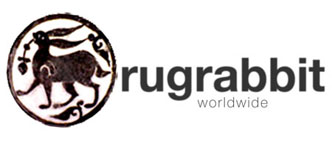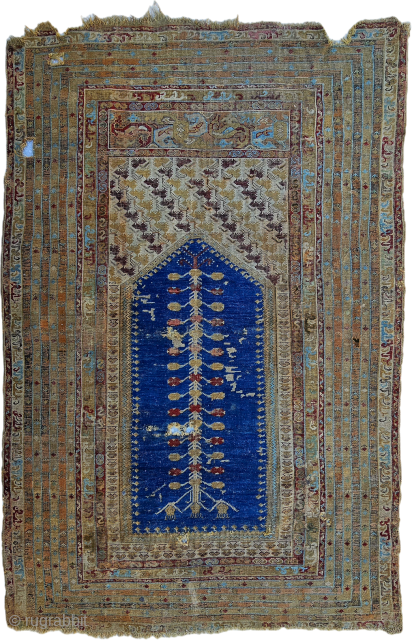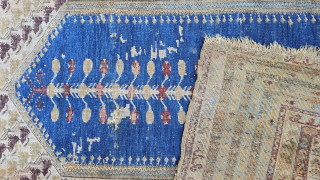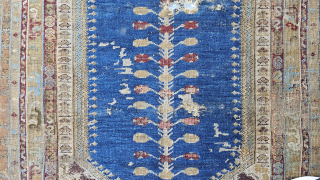Back
Posted Today
arisoylarmobilya@gmail.com
Size ; 125 x 178 cm
Pre 1800
West anatolia / Kula
Transylvanian Rugs
Transylvanian Rugs is the name given to the carpets, the majority of which were produced in Western Anatolia (during the Ottoman Empire period), found in the Protestant churches in the historical region of Transylvania, which is currently within the borders of Romania.
Origin: These rugs were predominantly woven in Western Anatolia (Uşak, Kula, Gördes, etc.) between the 16th and 18th centuries. They passed through Transylvania, an important trading hub, while being exported to European countries. Thanks to the protection provided by the churches, many have survived in relatively good condition to this day.
Usage: These prayer rugs (seccades) and carpets, originally used in mosques and masjids in Anatolia, were used in Transylvanian churches not on the floor, but as decorations on walls, over benches, or on gravestones, symbolizing wealth and prestige.
Composition Features (Prayer Rug Type):
They are usually single-niche (prayer rug/seccade format).
Borders: They may consist of one large main border surrounded by several narrow guard borders. Eight-pointed star or cartouche motifs with Rumi script/arabesques are frequently seen in the wide main borders.
Mihrab: The mihrab areas are decorated with stylized floral (vegetal) motifs.
Lamp Motif: a hanging lamp motif suspended from the mihrab arch is a common feature (however, this feature may not be present in every Transylvanian rug).
price:
Ask
- Home
- Antique Rugs by Region
- Category
- Profiles
- Post Items Free
- Albums
- Benaki Museum of Islamic Art
- Budapest: Ottoman Carpets
- Gulbenkian Museum
- Islamic Carpets. Brooklyn
- Islamic Textiles. Brooklyn
- Konya Museum: Rugs
- MKG, Hamburg
- MMA: Caucasian Carpets
- MMA: Mamluk Carpets
- MMA: Mughal Indian Carpets
- MMA: Ottoman Carpets
- MMA: Safavid Persian Carpets
- MMA: Turkmen Rugs
- McCoy Jones Kilims
- Ottoman textiles. Met
- Philadelphia Museum
- Rugs and Carpets: Berlin
- Seljuqs at the Met
- TIEM, Istanbul: Carpets
- V&A: Classical Carpets
- Vakiflar Carpets: Istanbul
- Baluch Rugs: Indianapolis
- Gallery Exhibitions
- Jaf an Exhibition
- Alberto Levi Gallery
- Andean Textile
- Christie's London: 2016
- Francesca Galloway
- HALI at 40
- ICOC Washington, DC 2018
- Jajims of the Shahsavan
- London Islamic Week April, 2018
- Mongolian Felts
- Navajo Rugs: JB Moore
- Persian Piled Weavings
- SF Tribal & Textile Art Show 2020
- SF Tribal 2019
- Sotheby's: C. Alexander
- Turkish Prayer Rugs
- Turkmen Main Carpets ICOC 2007












